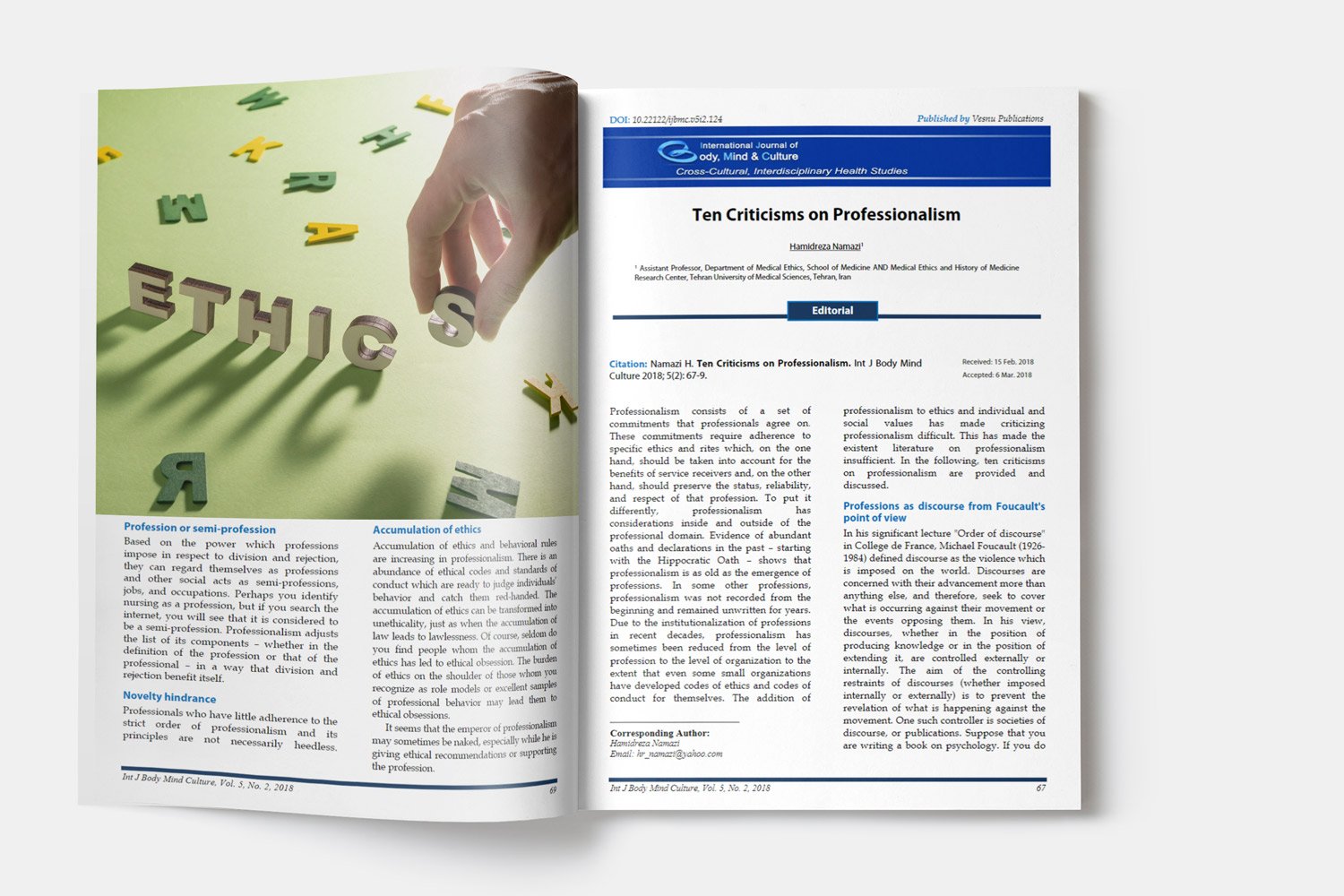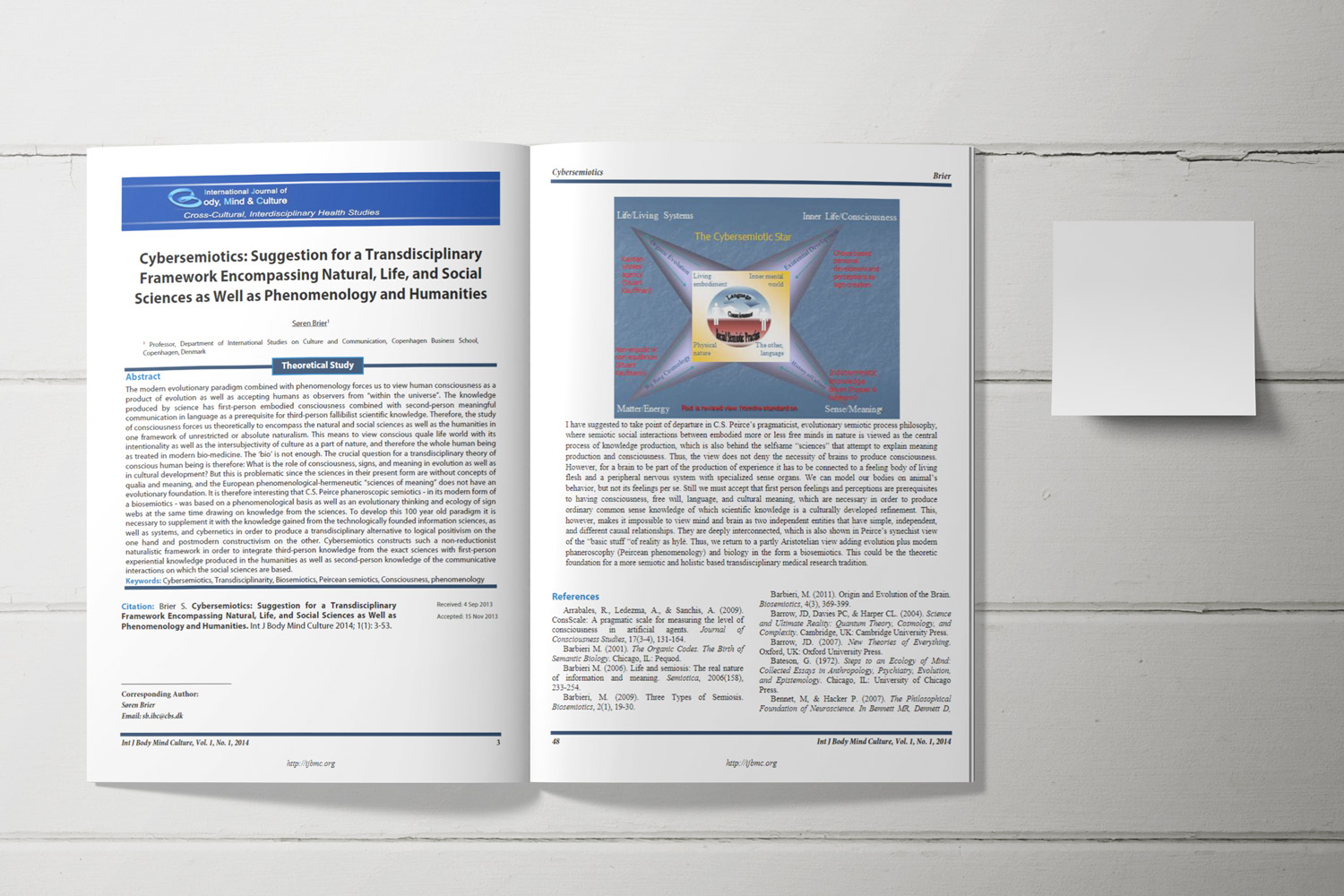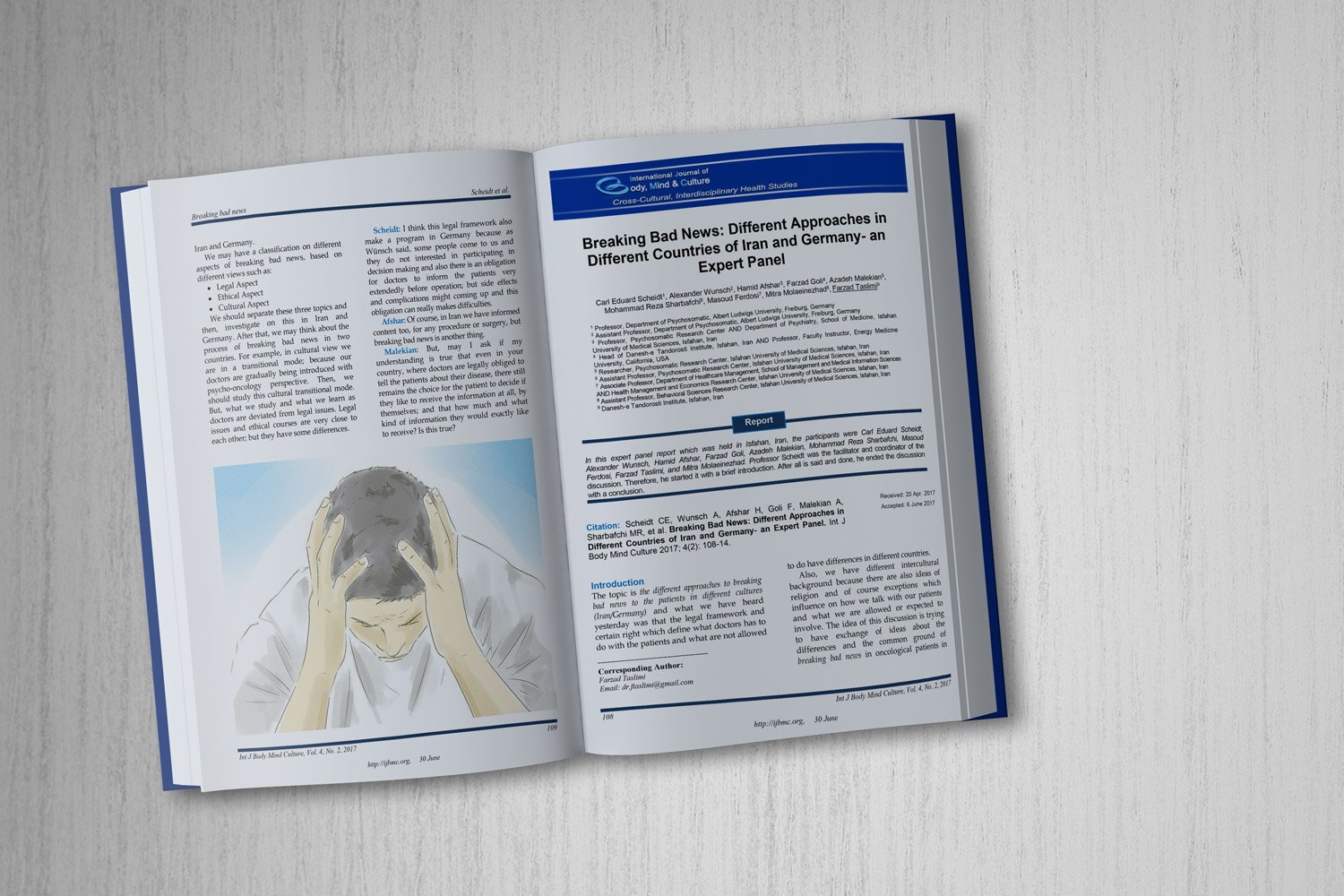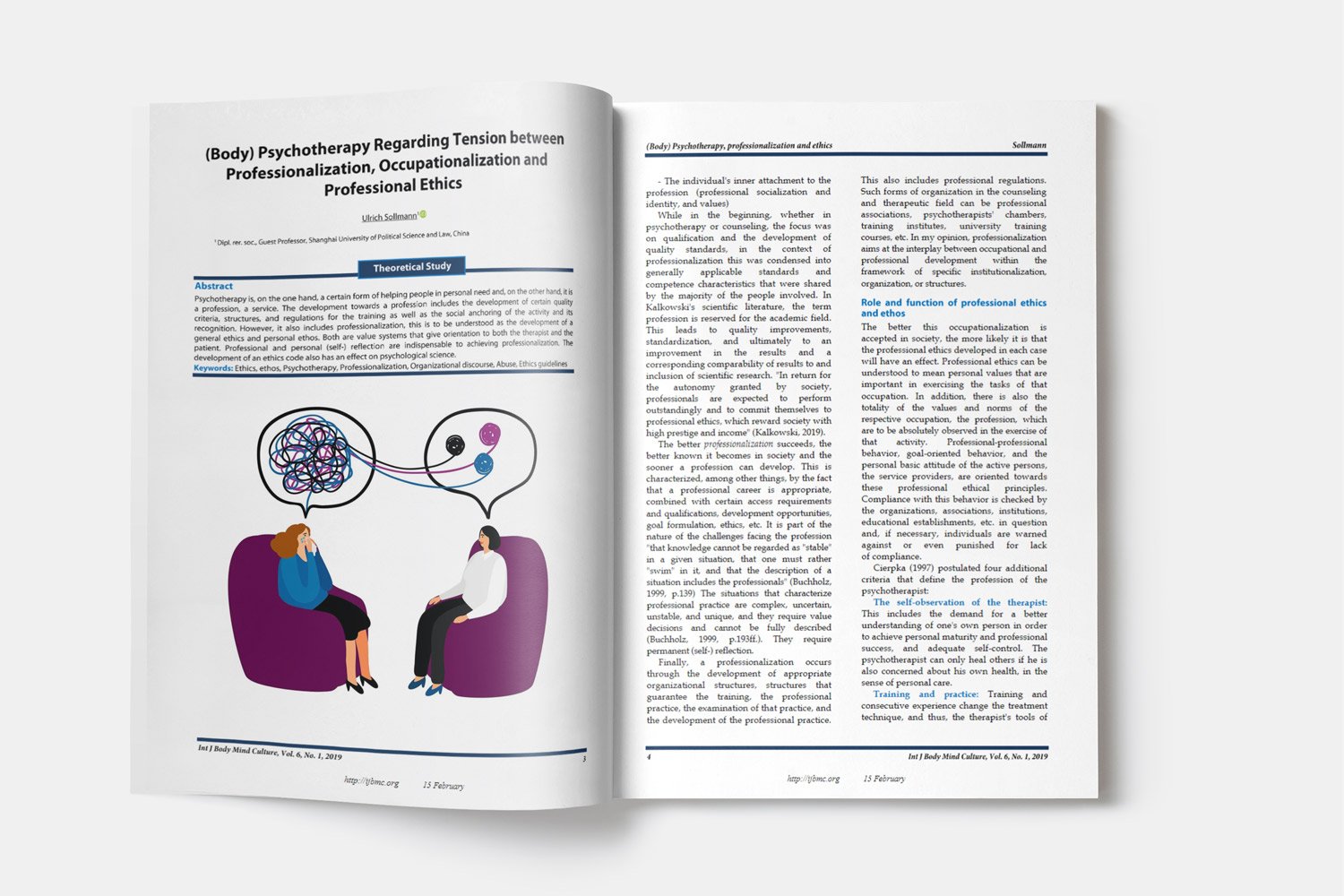Hopelessness and Its Role in Suicidal Ideation among University Students in Baghdad
Downloads
Objective: Suicide is a critical health concern globally; it is the second leading cause of death among university students worldwide. Hopelessness is a severe psychological factor linked to suicidal behaviours, which has been increasingly prevalent among university students in Baghdad, Iraq, warranting focused investigation. The study aimed to examine hopelessness and its role in suicidal ideation among university students in Baghdad, Iraq.
Methods and Materials: A descriptive research design was used for the study. Study Setting: The study was conducted among university students in Baghdad City, Iraq. Research Subjects: A convenience sample of 150 students was included from the designated setting. Tools: Two tools were used for data collection: Part I collected demographic information, while Part II assessed the risk factors and causes of suicidal behaviors. Tool II explored the attitude of university Students regarding suicide.
Findings: The findings revealed that the majority of male students (80.2%) reported experiencing suicidal ideation, while nearly three-quarters (70.2%) of female students also reported the same. Over three-quarters (76.7%) attributed their suicidal ideation primarily to depression, followed by factors such as non-supportive family environments (56.7%), lack of faith (52%), challenging life circumstances (49.3%), educational stressors (43.3%), and a desire to attract attention (32.7%).
Conclusion: Based on the results, it can be concluded that a significant number of university students experienced suicidal ideation, with depression being the primary cause identified.
Downloads
Abozaid, M. M. E. S., Aboserea, M. M., Metwally, S. M., & AbElkhalek, H. A. (2022). Prevalence, psychosocial correlates of youths' suicidal behaviors and perspectives on the phenomena at Zagazig University: A mixed-methods study. Middle East Current Psychiatry, 29(1). https://doi.org/10.1186/s43045-022-00250-9
Baqi, Q. A., & Naas, Q. (2024). Socialization between importance and influence on the phenomenon of suicide. International Journal of Psychiatry, 9(1), 1-7. https://doi.org/10.33140/IJP.09.01.02
Ferreira, D. D. S., Ferreira, V. G., Maciel, N. D. S., Bernardo, F. M. D. S., Grimaldi, M. R. M., & Carvalho, C. M. D. L. (2023). Suicide risk among nursing students attending a public university. Cogitare Enferm. https://doi.org/10.1590/ce.v28i0.89830
Harmer, B., Lee, S., Duong, T., Vi, H., & Saadabadi, A. (2023). Suicidal ideation. In: Treasure Island: StatPearls Publishing.
Hawton, K., Knipe, D., & Pirkis, J. (2024). Restriction of access to means used for suicide. Lancet Public Health. https://doi.org/10.1016/S2468-2667(24)00157-9
Kasemy, Z. A., Sharif, A. F., Amin, S. A., Fayed, M. M., Desouky, D. E., Salama, A. A., & Abdel-Aaty, N. B. (2022). Trend and epidemiology of suicide attempts by self-poisoning among Egyptians. PLoS One, 17(6). https://doi.org/10.1371/journal.pone.0270026
Kourgiantakis, T., Sewell, K., McNeil, S., Logan, J., Lee, E., Adamson, K., & Kuehl, D. (2019). Social work education and training in mental health, addictions, and suicide: A scoping review protocol. BMJ open, 9(6). https://doi.org/10.1136/bmjopen-2018-024659
Norheim, A. B., Grimholt, T. K., Loskutova, E., & Ekeberg, O. (2016). Attitudes toward suicidal behavior among professionals at mental health outpatient clinics in Stavropol, Russia, and Oslo, Norway. BMC Psychiatry, 16. https://doi.org/10.1186/s12888-016-0976-5
Otten, D., Ernst, M., Tibubos, A. N., Brahler, E., Fleischer, T., Schomerus, G., & Beutel, M. E. (2022). Does social support prevent suicidal ideation in women and men? Gender-sensitive analyses of an important protective factor within prospective community cohorts. Journal of Affective Disorders, 306, 157-166. https://doi.org/10.1016/j.jad.2022.03.031
Pirkis, J., Bantjes, J., & Dandona, R. (2024). Addressing key factors for suicide at a societal level. Lancet Public Health. https://doi.org/10.1016/S2468-2667(24)00158-0
Sinyor, M., Silverman, M., Pirkis, J., & Hawton, K. (2024). The effect of economic downturn, financial hardship, unemployment, and relevant government responses on suicide. Lancet Public Health. https://doi.org/10.1016/S2468-2667(24)00152-X
UN Department of Economic and Social Affairs. (2023). Sustainable development: targets and indicators. In.
Vermont Department of Health. (2023). Suicide data-linkage project: 2020-2021 data analysis. In: Burlington, VT: Vermont Department of Health, 2023.
World Health Organization. (2019). Suicide: One person dies every 40 seconds from suicide worldwide in 2019. Global Health Estimates. In.
World Health Organization. (2021). Comprehensive mental health action plan 2013-2030. Geneva: World Health Organization. https://pesquisa.bvsalud.org/portal/resource/pt/who-345301
Copyright (c) 2025 International Journal of Body, Mind and Culture

This work is licensed under a Creative Commons Attribution-NonCommercial 4.0 International License.















